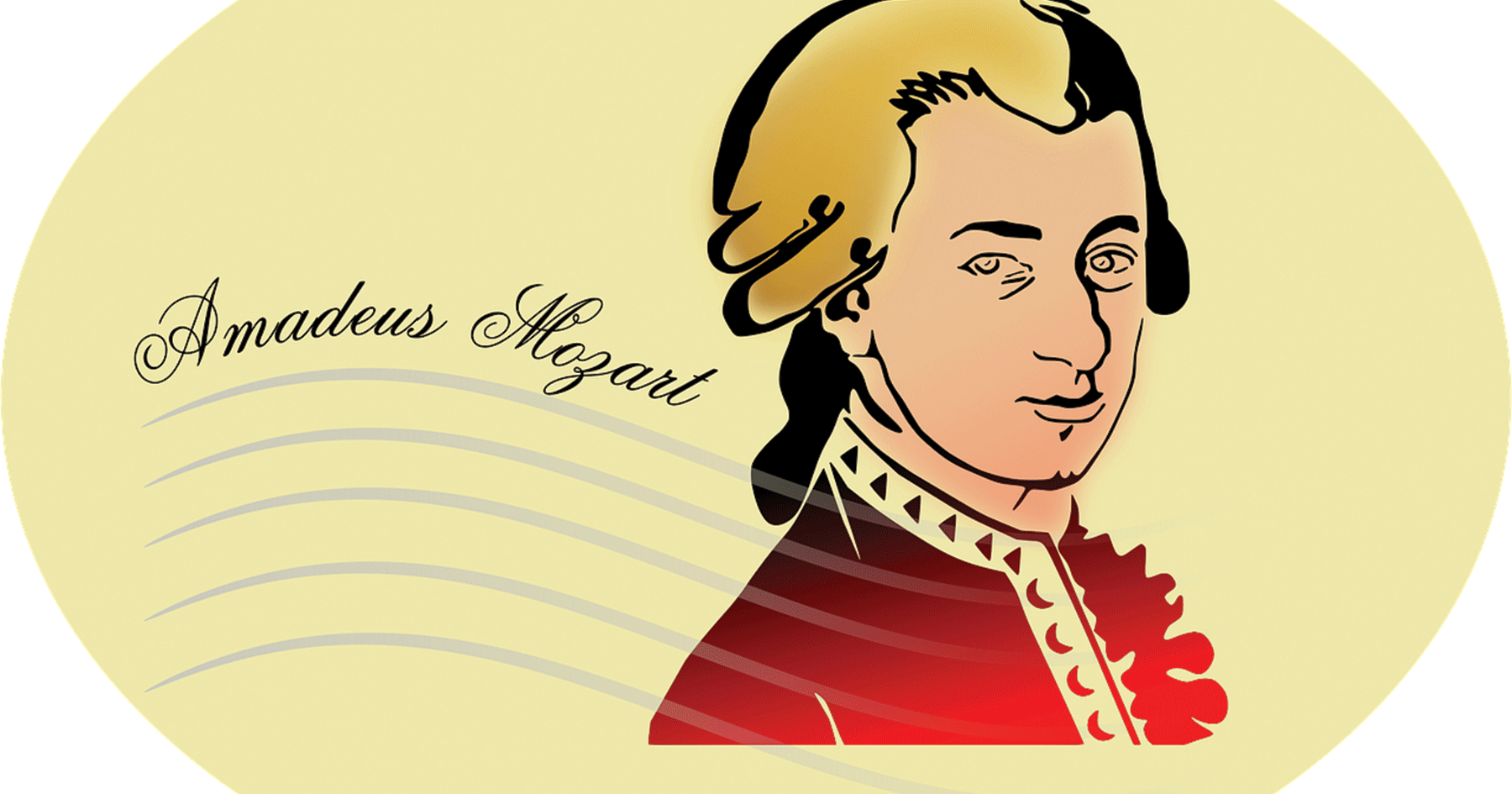With All Soul’s Day coming up next month and a special requiem service being held at the Cathedral, I have decided to dedicate this month’s column to discussing requiems and particularly, Mozart’s Requiem.
A requiem mass is specifically a mass for the dead. The term, “Requiem” is Latin for “rest” and it is the first word in the opening phrase of the service; “requiem aeternam dona eis Domine” (Rest eternal grant to them, God). Since All Soul’s is a time when we remember the faithful departed, it is not uncommon for a requiem service to be held on that day, and music plays an important role. Over the centuries, it has evolved from simple chants to full blown major works written by some of the world’s finest composers. Themes of death, grief, remembrance, and hope create a profound and universal appeal that has afforded composers the opportunity to create large-scale works for both liturgical and concert settings.
In composing a Requiem, there are several approaches that composers have taken. Some have chosen to emphasize the dramatic nature of the words, focusing on feelings of loss, anger, and fear of the final judgement, as is the case in Verdi’s Requiem. Others emphasize comfort, solace, and a spiritual release for the deceased. The requiems of Fauré and Rutter are exquisite examples of this. And then there is Brahms’ German Requiem. He went a completely different route to create a profound, deeply personal statement. He didn’t use the traditional Latin texts, but drew from the Lutheran German Bible. He didn’t want to present a ritual but rather, to speak directly to his listeners about grief and hope.
As for Mozart, the interesting thing is that he never completed it, yet it has become one of the most beloved requiems of all time. This is partly due to the mystery and myth perpetuated by Mozart’s wife, Constanze, following his death and by Peter Shaffer’s fictional account in his play and 1984 film, “Amadeus,” which focuses on composer Antonio Salieri’s intense jealousy toward Mozart. Ultimately, Salieri appears at Mozart’s door dressed wearing a black cloak and death mask, requesting Mozart to write a requiem. A very ill and terrified Mozart believes him to be his father’s ghost so he agrees. History tells us that a mysterious person did, indeed, visit Mozart, but it was likely Count Franz von Walsegg, who commissioned him to write the requiem for the anniversary of his wife’s death. Walsegg had a reputation for commissioning works that he would then pass off as his own. Knowing this, the very ill and destitute, 35 year-old Mozart agreed to write it anyway, due to his desperate financial situation. As his health declined he became obsessed with finishing the work. It is also said that he had bouts of delirium and believed that he had been poisoned and was writing for his own funeral. When Mozart’s end grew near he summoned his student Franz Xaver Süssmayr to take notes, laying out the framework of the unfinished sections as best he could. Almost prophetically, Mozart drew his last breath at the end of bar 8 in the Lacrymosa section with the words, “judicandus homo reus” (the guilty man goes to be judged”). Following his death, Constanze, also a musician and later a shrewd business woman, asked Süssmayr to finish the work so that Walsegg would pay her. She then premiered the work in public before Walsegg could claim it as his own.
To this day Mozart’s Requiem continues to be popular. Choirs around the world sing it and many films feature it in their soundtracks. It is a struggle between moods of mourning and those of fear and sometimes outright terror. Because Mozart was actually dying as he wrote it, listeners can’t help but respond to the sense of sorrow and the human frailty that this wonderful music evokes. If you are in Kelowna on Sunday, November 2 and would like to experience this magnificent work please join us at St. Michael and All Angels Cathedral at 7:00 pm, where a gathered choir of singers from the area will present several movements of it throughout the service.


